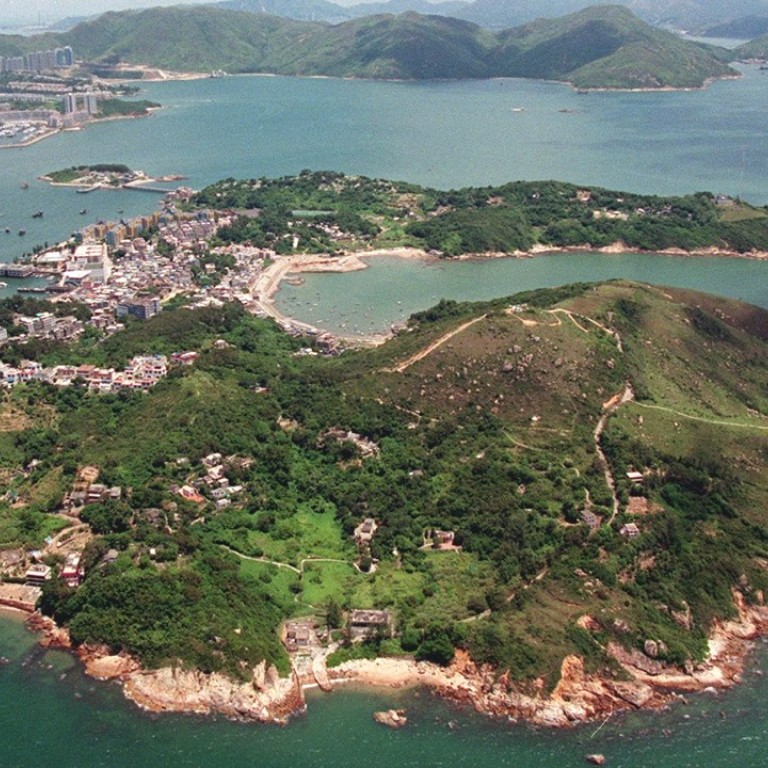
Six of the best islands to visit in Hong Kong: escape the urban jungle and retreat to the city’s last bastions of laid-back life
Six gems in the South China Sea offer nature, a trip back in time and sunset views amid the ocean breeze
Any mention of Hong Kong usually conjures up images of the iconic Victoria Harbour, with an urban jungle of glass, concrete and steel reaching for the sky against a backdrop of mountains. But it’s easy to forget that this city of over 7 million people has a unique geography, with nature at its doorstep – or just a ferry ride away.
While classic destinations such as Cheung Chau, Lamma, and Lantau islands usually feature in visitors’ itineraries, City Weekend explores six other sun-soaked spots, among Hong Kong’s 263 land masses dotting the waters of the South China Sea.
Hong Kong desert island is new tour destination, with junk trips revealing its history
Peng Chau
From traditional temples to fresh seafood and scenic treks, stepping onto the shores of this tranquil island feels like entering a time capsule into the Hong Kong of yesteryear. The sleepy island used to be a thriving industrial centre in the 1970s, with many factories.
These are now abandoned buildings offering a glimpse into their busy past – from a matchstick factory to an old cinema.
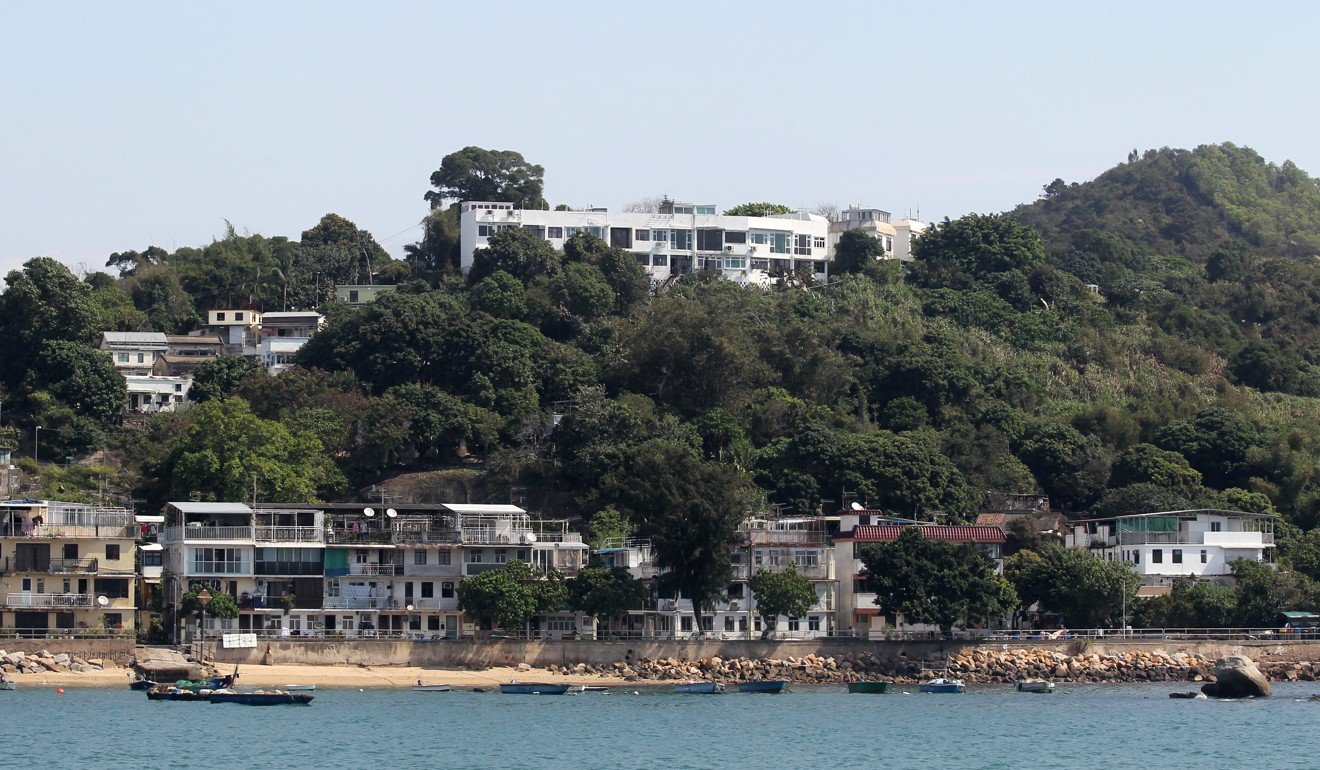
Except for small emergency vehicles, Peng Chau has no motorised transport system. The small island can be explored on bicycle, and on a clear day, from the pavilion on Finger Hill, Tsing Ma Bridge and Hong Kong’s Disneyland are visible in the distance.
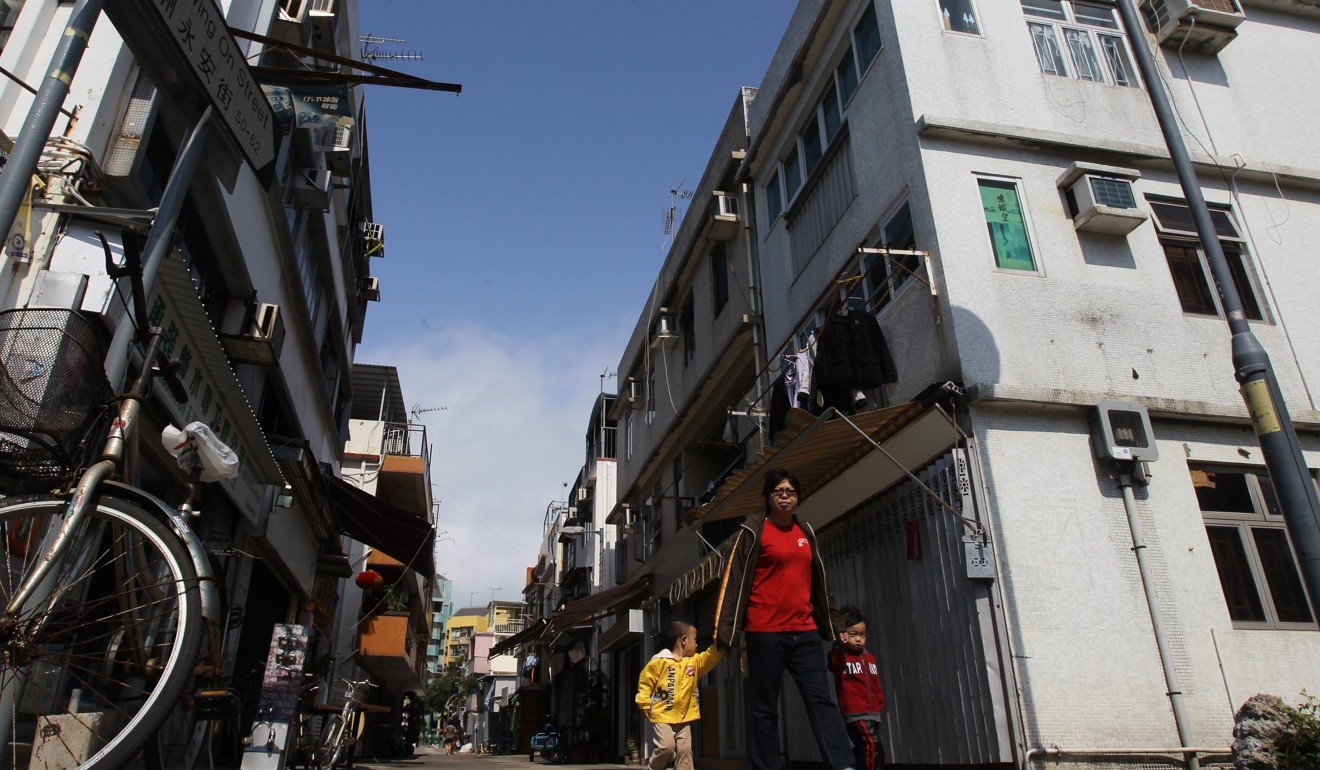
Tung Lung Chau
With its rich natural landscape and rock formations, Tung Lung Chau is a popular camping, hiking and rock-climbing destination. The main trails offer great views of the island and its surrounding waters, and also lead to the largest and oldest dragon rock carving in Hong Kong, thought to be more than 5,000 years old.

The island is also home to a fort built sometime between 1662 and 1722. It was once used to fend off pirates ravaging sea routes along the South China Sea.
Ping Chau This bean-shaped isle is listed as a Unesco Global Geopark for its sedimentary rock formations, striking cliffs and wave-cut shores.

The multilayered landscape is brightly coloured and makes for striking photos. It is also home to some of the region’s cleanest and most beautiful beaches. Located in Mirs Bay off the northeast coast of Sai Kung, the island and its surrounding marine park sit closer to Shenzhen than to the urbanised areas of Hong Kong.
For those seeking one of the best sites to take in a sunset, look no further than this protected island.
Tap Mun
Just off the coast of Sai Kung Country Park, Tap Mun, or Grass Island, is a 1.7 square kilometre land mass of hilly grasslands. With its riveting stories of smugglers and pirates, the island is now home to a few hundred Tanka and Hakka people.

A local village is famous for its seafood and chilled milk tea. Boasting beautiful hikes, panoramic views and a trio of temples dating back to the 18th century, the breezy island is a worthwhile destination for camping and kite-flying on weekends.
Yim Tin Tsai
Once home to a thriving salt industry, Yim Tin Tsai means “Little Salt Field”. A 15-minute ferry ride from Sai Kung is all it takes to reach this now abandoned island where the Chan clan of the Hakka people in the 18th century settled.
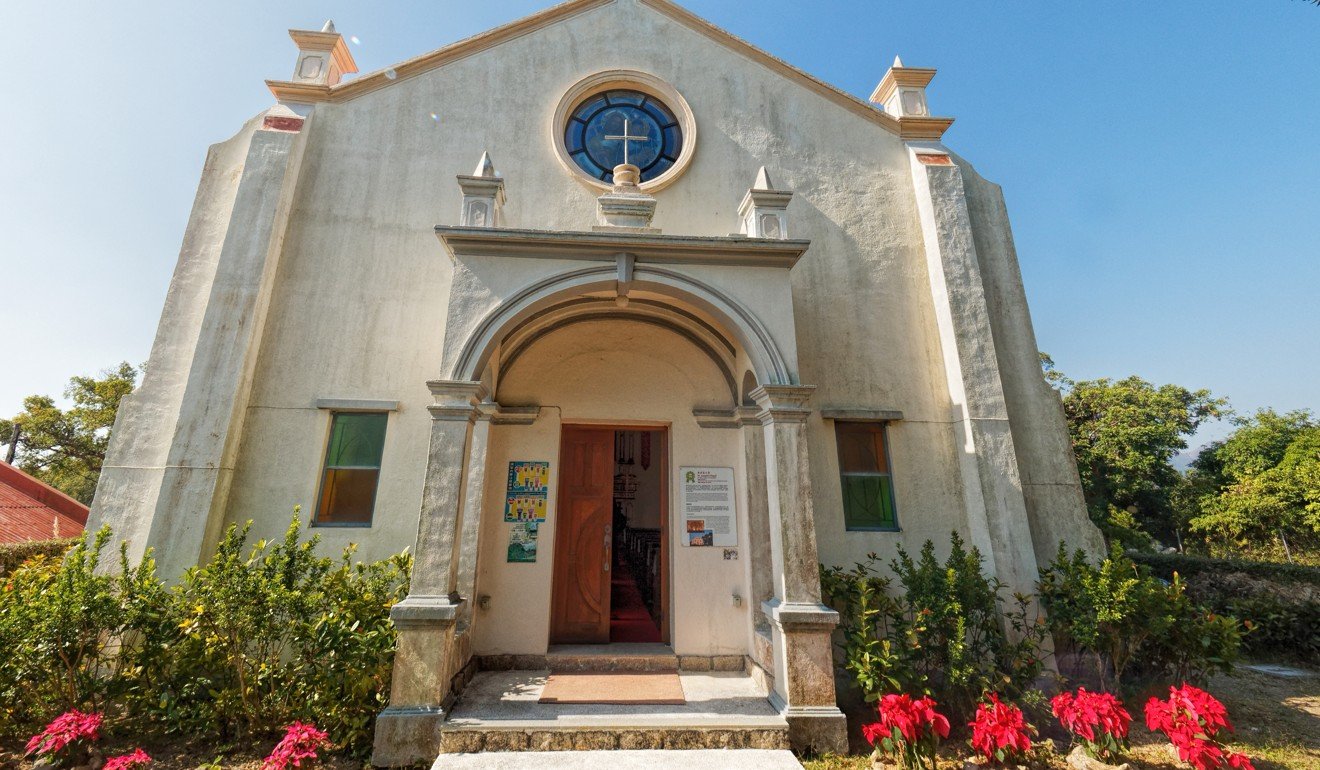
Arriving at the pier, visitors are greeted by St Joseph’s Chapel, a Romanesque-style grade three historic site built in 1890. The government grades old buildings on a three-tier system that reflects priority for heritage preservation, with grade one assigned to those deemed most important.
The chapel received a merit at the 2005 Unesco Asia-Pacific Heritage Awards.
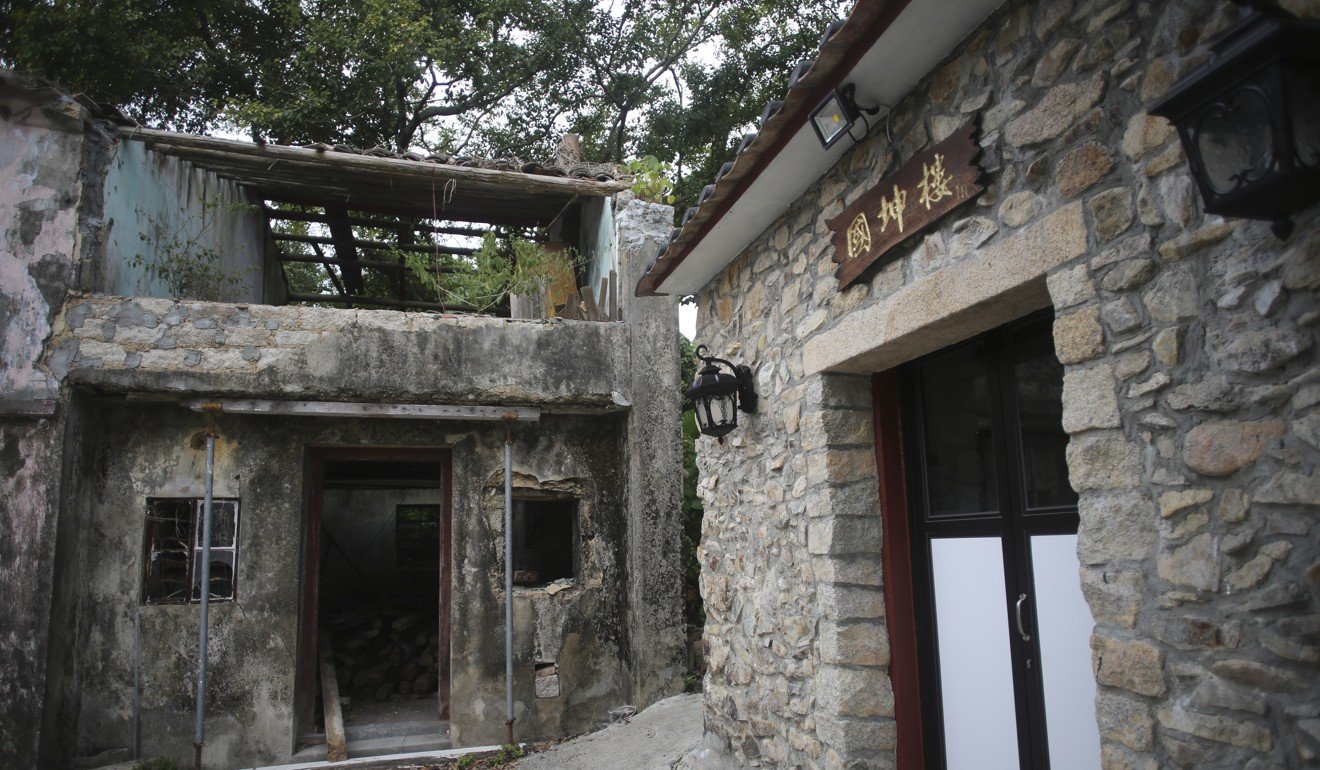
Nearby is the deserted Ching Po School and a trail that winds past crumbling village homes. The path also loops through abandoned salt farms, mangroves and the Louisa Landale Campsite.
Po Toi Island
Lying to the southeast of Hong Kong Island, Po Toi was once home to more than 1,000 people. However, rural-urban migration by those in search of work has led to an eerily empty village of abandoned homes and an ageing community.
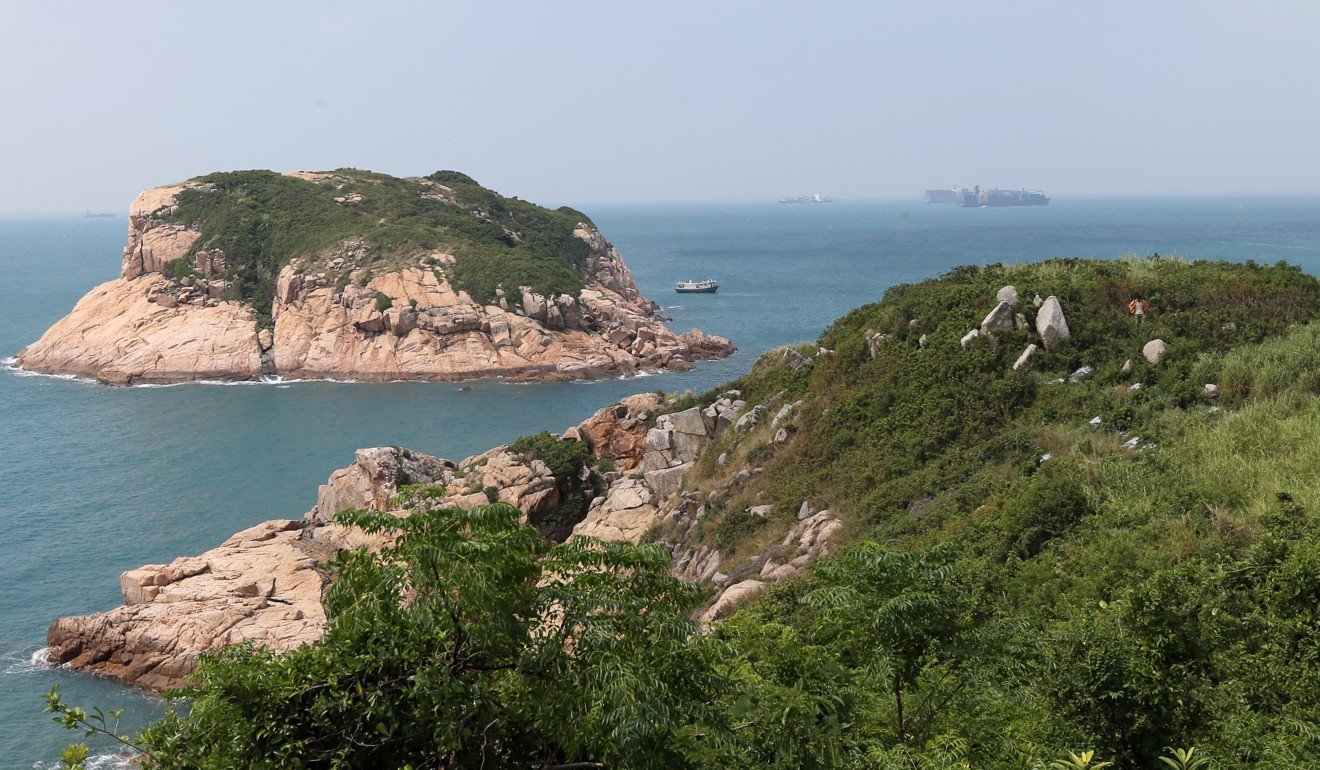
The serene island has a series of hiking trails, including a coastal walk that takes visitors past a lighthouse and many unique rock formations. Straying slightly off the path leads more adventurous hikers to two monumental Bronze Age carvings.
Po Toi is a self-contained world of hikes, hills, rocky headlands and ruined houses
The island is said to be named for resembling a floating platform in the sea, and it is also famous for dried seaweed – a delicacy incorporated into many of the menu items in its local restaurants.


